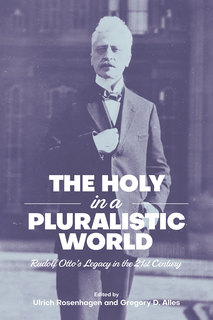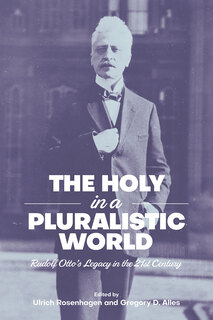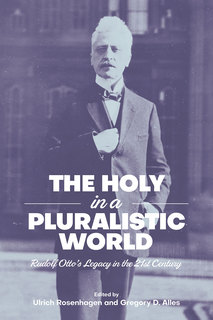Rudolf Otto (1869–1937) is widely recognized as one of the most important contributors to the study of religions at the beginning of the 20th century. His book, The Idea of the Holy, became something of a sensation in its time, and his account of numinous experience as a mysterium tremendum et fascinans had an effect that few other ideas in the study of religions have had. His vocabulary broke through narrow disciplinary bounds and was taken up by people in a variety of disciplines in the humanities and the social sciences.
However, since the 1960s, Otto has been increasingly overlooked and neglected. As thinkers and scholars have turned in many other intellectual directions, they have tended to see Otto as representative of a past to be rejected. This volume gathers together essays by scholars from a variety of perspectives – theology, religious studies, intellectual history, and various cultural studies – to address the question of what Otto’s legacy for the 21st century might be.
This volume is not an attempt to revivify Otto, nor is it intended as a magisterial statement about Otto’s significance today. Rather, it issues an invitation to those with an interest not just in religions but also in cultural phenomena more broadly to take another look at Rudolf Otto and his ideas. Perhaps they will find more than they expect, and something that they can use.





